Every year about 800 brave souls tackle the mighty Everest trek, but what you might not know is that most of these trekkers take on the highly motivational quest from Nepal’s side. Mount Everest is the highest peak of the Himalayan and is situated on the China-Nepal border. Therefore, you can take the challenge from either Nepal or Tibet. However, if you’re a newcomer to the sport of trekking, you will definitely want to head to Nepal to start your invigorating journey.
The Geographic Advantage of Climbing in Nepal
Also known as the south slope, the Nepali government states that the climb to the top of Mount Everest is 29,092 feet. This makes the mountain the highest peak in the world and a quite daunting height for any new hikers. However, there is a geographic advantage to climbing from Nepal. The south slope is not as steep as the northern Tibetan side. Therefore, it is a lot easier to manage and maintain altitude for anyone that is just getting into the sport. The south side is also at a more advantageous climate than the northern slope. Since the south is affected by winds from the Indian Ocean, there is more rainfall in the area and humidity in the air. Therefore, it is easier to breathe as you head up the mountain.
It will also provide you with better views and scenery as the rain leads to a more coniferous type climate. You will see more mixed geography and come into contact with everything from leafy forests to ice snow. This not only makes the climb more interesting, but it also provides areas of rest and warmer weather for newbies. In fact, if you’re climbing Everest for the magnificent views rather than the challenge of the climb, Nepal’s side also offers the best spot to view the sunset. The sun reflects off the summit and creates an amazing picture of gold and pink against the white snow.
The Accommodations of the South Slope
Another reason most new trekkers prefer to take the Nepal climb is because of the accommodations that the south slope offers to beginners. The ascent starts with a trek or drive to the Everest Base Camp. Here, new climbers spend a couple of weeks at the camp in order to acclimate to the altitude and prepare for the climb. This allows newbies to prevent the effects of altitude sickness and helps them climb the mountain at their own pace. The trekking and mountaineering aspects of the route to the top of the mountain are also more developed in Nepal rather than in Tibet. The path is littered with cozy tea house lodges, guesthouses, hotels, and restaurants that allow you to stop and rest when needed.
Preparing for the Climb from Nepal
A great advantage for climbing Everest from the Nepal side is that foreigners do not need a travel permit, like the one that is required from the Chinese government. However, you will need to make sure that your finances are in order before you start


 Saturday, August 30th, 2025
Saturday, August 30th, 2025
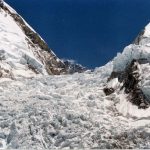 Wednesday, August 27th, 2025
Wednesday, August 27th, 2025
 Wednesday, August 20th, 2025
Wednesday, August 20th, 2025
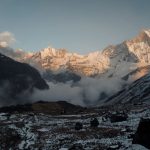 Wednesday, August 20th, 2025
Wednesday, August 20th, 2025
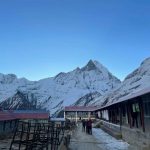 Wednesday, August 13th, 2025
Wednesday, August 13th, 2025
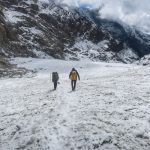 Wednesday, August 6th, 2025
Wednesday, August 6th, 2025
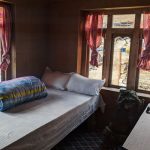 Monday, July 7th, 2025
Monday, July 7th, 2025
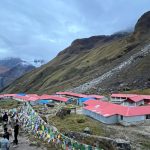 Thursday, July 17th, 2025
Thursday, July 17th, 2025
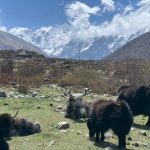 Monday, July 7th, 2025
Monday, July 7th, 2025
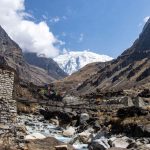 Friday, May 9th, 2025
Friday, May 9th, 2025
 Saturday, June 14th, 2025
Saturday, June 14th, 2025
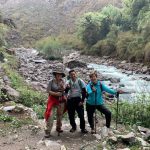 Wednesday, June 25th, 2025
Wednesday, June 25th, 2025
 Tuesday, August 5th, 2025
Tuesday, August 5th, 2025
